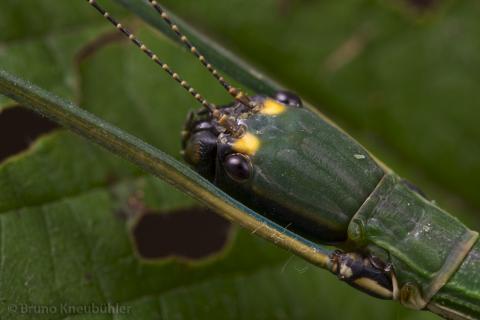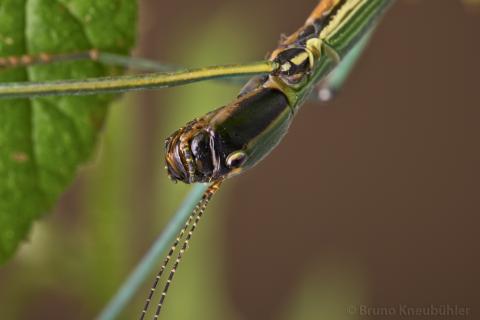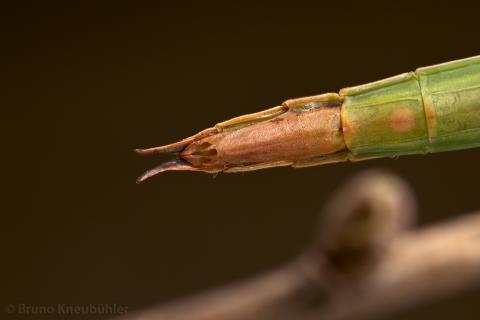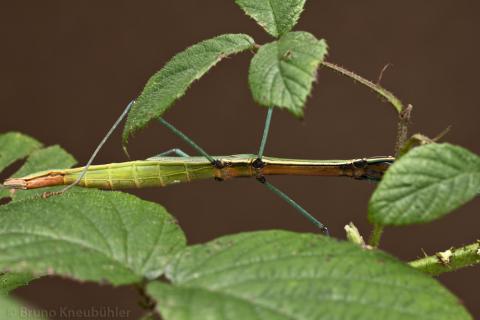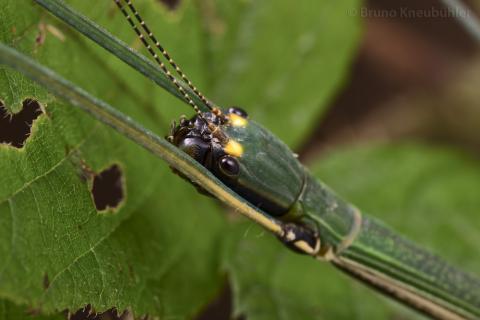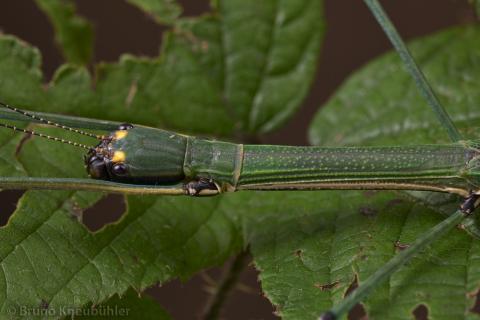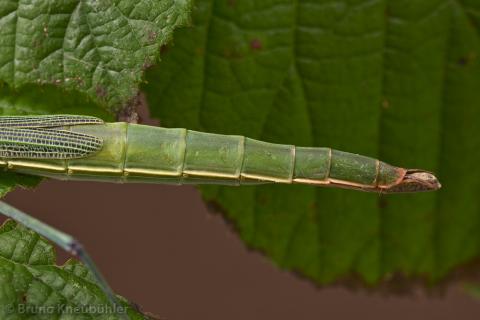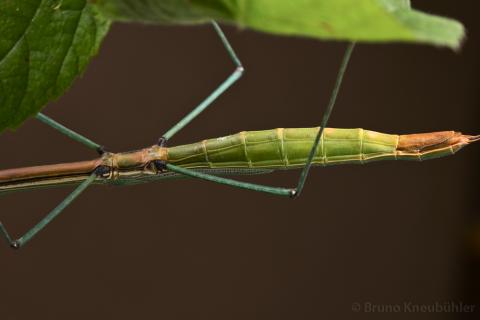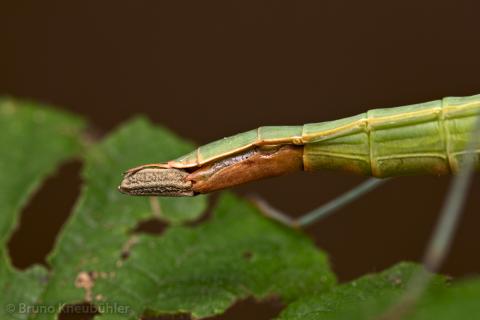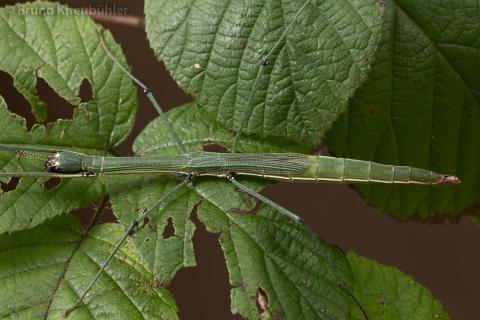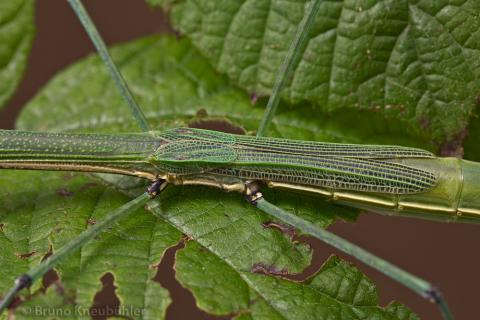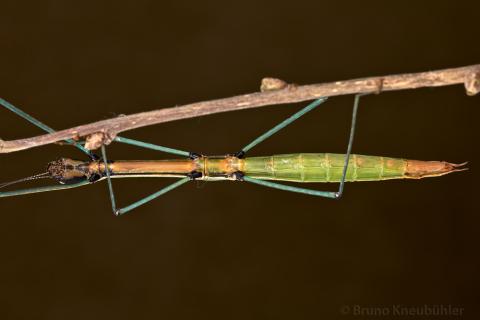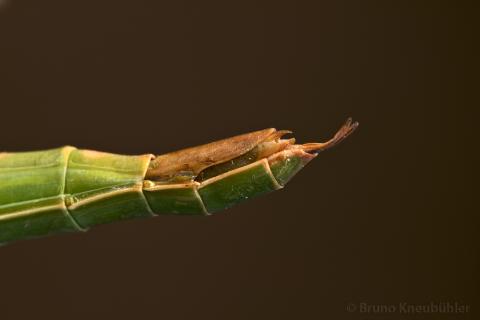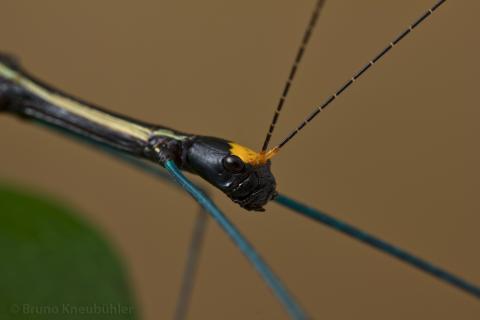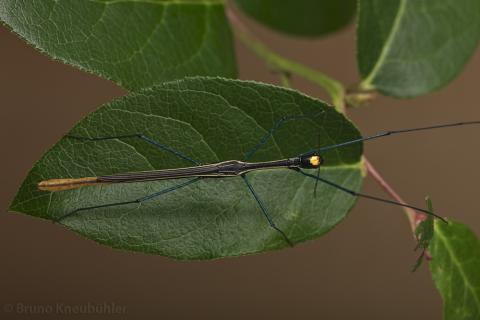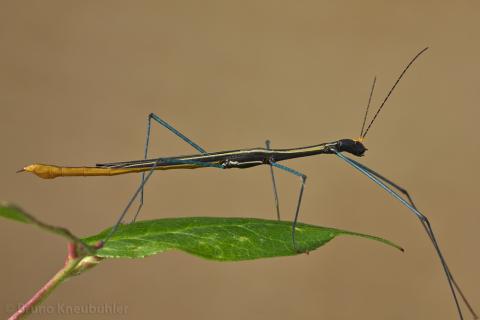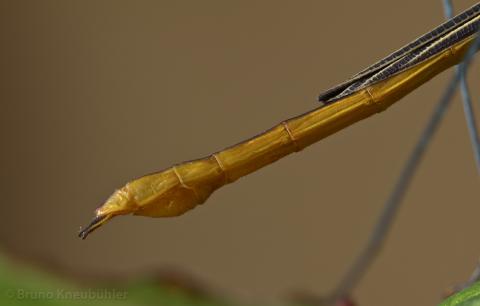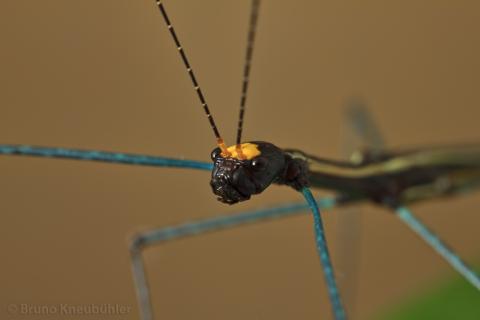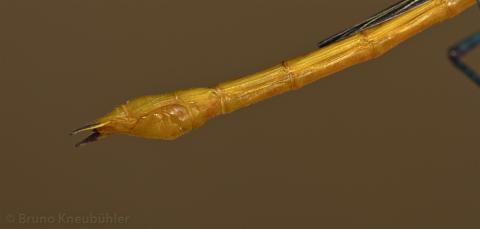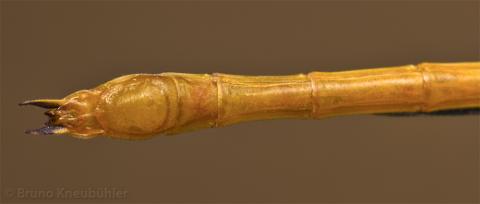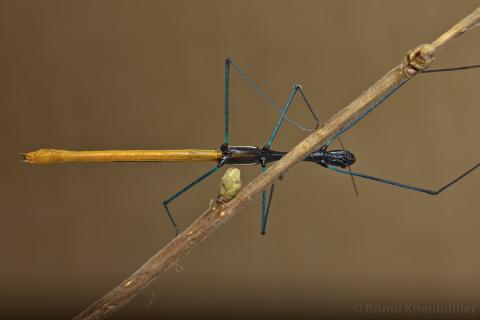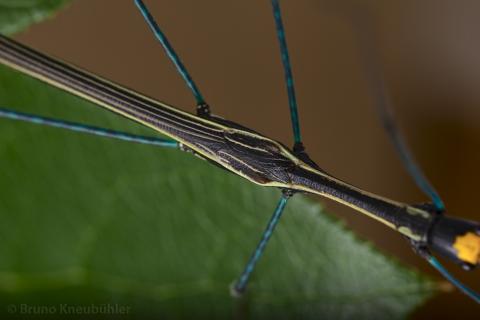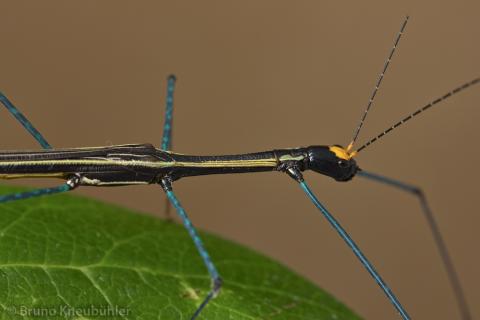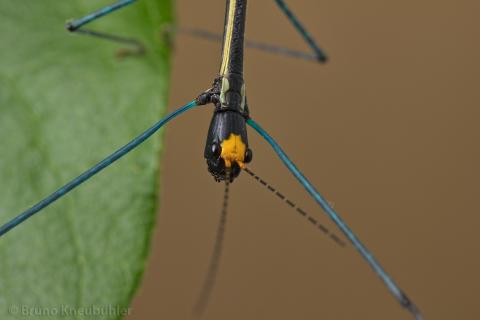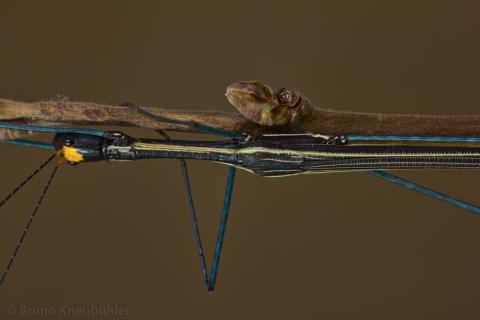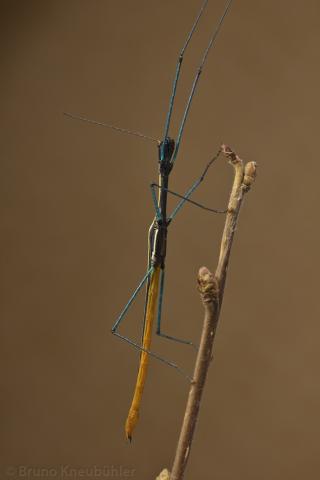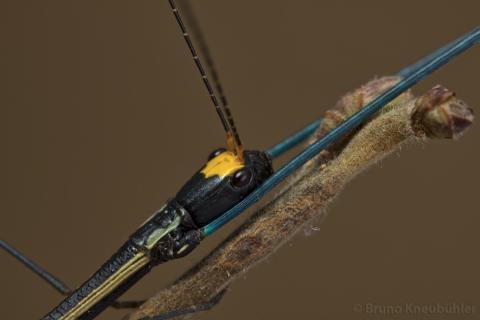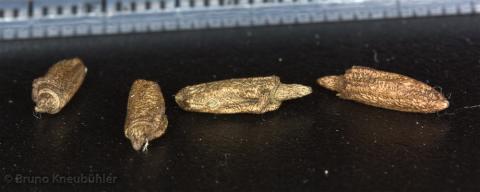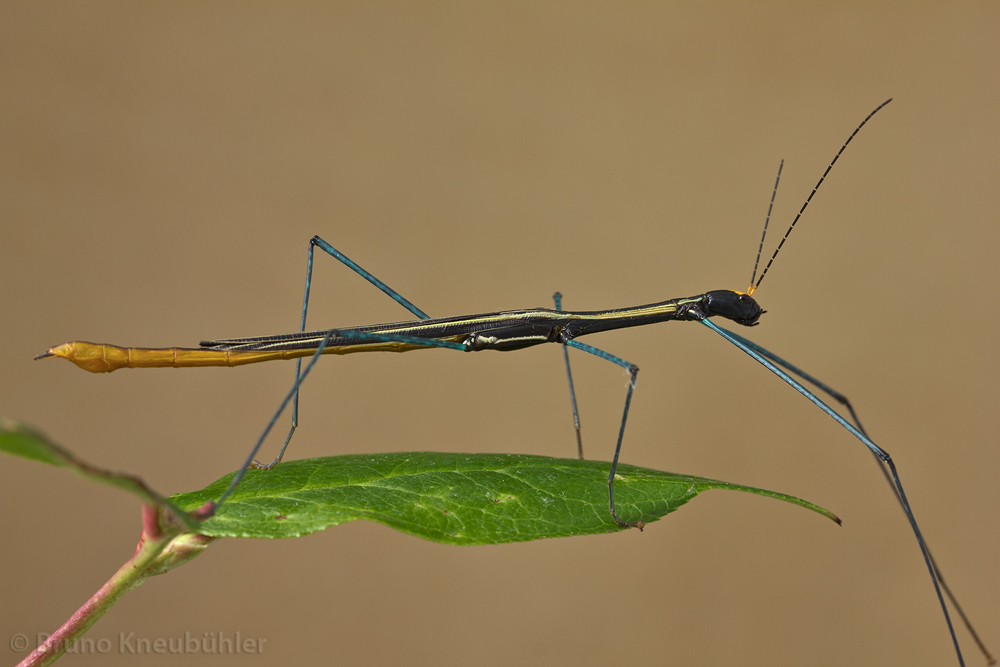
Genus
Species
Culture status
Probably lost
Foodplants
Trachycarpus fortunei
Dypsis lutescens
Breeding notes
General Notes
- first described as Necroscia palinurus by Westwood (1859)
- further synoynms: Arrhidaeus palinurus (Stål, 1875)
- 2010 - 2 new culture stocks from different philipine islands (Leyte and Samar) were imported an cultured by Bruno Kneubühler
_________________
Origin
- At the moment (2011), there are at least 3 breeding stocks of this species from different islands in culture:
- 1) Luzon, Quezon NP - this local form of O. palinurus is much more intensely coloured than forms from different islands
- 2) Mt. Balocaue, Lyete, Philippines - less intensely coloured than the Luzon stock, but no obvious differences to the stock from Samar Island
- 3) Mt. Capotoan, Samar Island, Philippines - less intensely coloured than the Luzon stock, but no obvious differences to the stock from Leyte Island
- Samar and Leyte Islands are two neighbouring islands, and there are not obvious differences between both stocks. Still it is better to keep both stocks seperate, as future careful examinations might still unveil some minor differences between these two island forms
_________________
Females
- quite sturdy insects, about 9,5 - 10 cm long
- upper body is mainly coloured green
- 2 light yellow spots on the head
- lower parts on both sides of the head are black
- lower side of mid- and hindlegs and inner surface of the forelegs blue or blue-green
- leg joints (coxae) are black with some light spots
- ventral side of head and thorax is orange-brown
- front part of the ventral abdomen is green, hind part is orange-brown
- fully developed wings, which reach as far as the 4th abdominal segment
- antennae slightly less than 1/2 of the forelegs length
- antennae black, with light yellow segment joints
_________________
Males
- slim, colourful insects
- about 6 - 6,5 cm long
- a big, bright yellow spot on the head
- head black
- antennae black with yellow segment joints
- antennae about 1/2 of the length of the forelegs
- legs are blue with some darker markings
- thorax and wings almost black - with some light-colored, longitudinal lines and markings
- abdomen is orange-brown - with a darker coloured longitudinal strip on the back
- membranous part of the hindwings (anal region of alae) is transparent and smoke-coloured
_________________
Nymphs (L1)
- big nymphs, about 2,5 - 3 cm
- strongly green
- a black longitudinal line along the back and the head
- antennae black and short
- legs are almost black, covered with fine, whitish dots
- leg joints are red
- a photo of a nymph can be found here:
http://www.phasma.eu/rechts/kweeklijst3/Ophicrania_panilurus.htm
_________________
Eggs
- about 8 x 2 mm
- light brown, dark brown or greenish-brown
- surface is not shiny
_________________
Food Plants
- only palm leaves have been accepted so far - like Chinese Windmill Palm (Trachycarpus fortunei), Golden Cane Palm (Dypsis lutescens)
- it is advisable to cut of the leaf margins for the freshly hatched nymphs - otherwise they might not start to feed
_________________
Behaviour
- if females feel threatened, they try to crawl away in search for a safer place where they freeze again
- males do also often try to crawl away, but they can also fly quite well
- females are not capable to fly
- males or females which feel threatened very strongly can emit a white secretion from glands just behind their head. This secretion does certainly serve defense and does most probably cause irritaion of mucous membrans (which has not been tested by the author)
- males stay together with same female for some time, but will eventually leave her
- mainly a calm species
_________________
Breeding Notes
- an easy to breed and beautiful species
- incubation with the HH-method (on slightly damp sand) yields a good hatching ratio
- some moss spread over the eggs reduces mould growth considerably and strongly facilitates successful hatching
- incubation time at room temperatures (20 - 23°C) is about 4 months
- hatching ratio of my first generation was very high ( 75+ %)
- special care should be taken that humidity is above 90 % - otherwise the palm leaves will wither quickly (cover most of the ventilation areas to achive this)
- but the insects might also do well at a lower humidity
- a constantly wet paper towel on the floor of the cage helps raising humidity
- nymphs and adults can be kept in a Faunabox (or similar cages)
- move nymphs to a bigger cage as they grow bigger
- I have never sprayed nymphs or adults with water
- make shure that nymphs, which are about to undergo their adult moult, do not find places in the cage which would not offer them enough space beneath to moult successfully
- males will be adult after about 3 - 3,5 months (at 20 - 23°C), females after about 4 - 4,5 months
- females start to lay eggs after about 2 - 3 weeks
- eggs are stuck into some substrate (like the wet paper towel on the cage floor)
- they lay about 5 - 6 eggs per week
